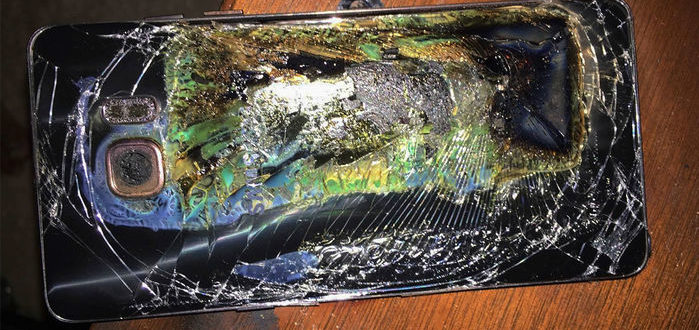li-ion batteries could hold more charge—without catching fire
Lithium-ion batteries power everything from laptops to lawn mowers. But they can ignite when damaged because they rely on flammable components. Now, researchers report they’ve redesigned these batteries to work with nonflammable materials. As a bonus, the new batteries might even store more power than current models.
The work is “absolutely remarkable progress,” says Gleb Yushin, a materials scientist at the Georgia Institute of Technology in Atlanta, who was not involved with the research. If commercialized, the new batteries could help keep drivers of electric vehicles safe even if they wind up in an accident.
Lithium-ion batteries contain three main components: two charge-storing electrodes and a liquid organic electrolyte that separate them. The electrolyte ferries lithium ions back and forth between the electrodes during charging and discharging, but they’re flammable.
Researchers led by Chunsheng Wang, a materials scientist at the University of Maryland in College Park, reported in Nature that they’ve come up with a graphite-based cathode that works with the WiSE at 4 V and above. The new electrode material includes bromine and chlorine, and it ends up protected from the water-based electrolyte by locking reactive electrode materials in solid salt particles around the electrode. The battery starts with lithium bound up in solid lithium-bromine and lithium-chloride salt particles surrounding a graphite electrode made up of layers of carbon atoms. When the battery charges, bromine and chlorine atoms ditch their lithium partners, give up electrons to the cathode, and wedge themselves between graphite’s carbon layers, forming another nice tight solid. The voltage difference between the two electrodes then drives the positively charged lithium ions through the water-based electrolyte to the anode, where they meet up with electrons provided by an external circuit.
When the battery discharges during use, the lithium ions give up those electrons and reverse course to the cathode. The electrons travel back through the external circuit to the cathode, where bromine and chlorine atoms grab them and end up with a negative charge. This charge causes them to diffuse back out of the graphite. The lithium ions then snag them, reforming the solid salt particles that stay put until the next round of charging.
Wang and his colleagues note that gram for gram, their cathode materials already have about 30% greater charge storage capacity than conventional cathode materials. But it remains to be seen whether the full batteries, including the new electrolyte, will end up holding more energy than commercial versions.

